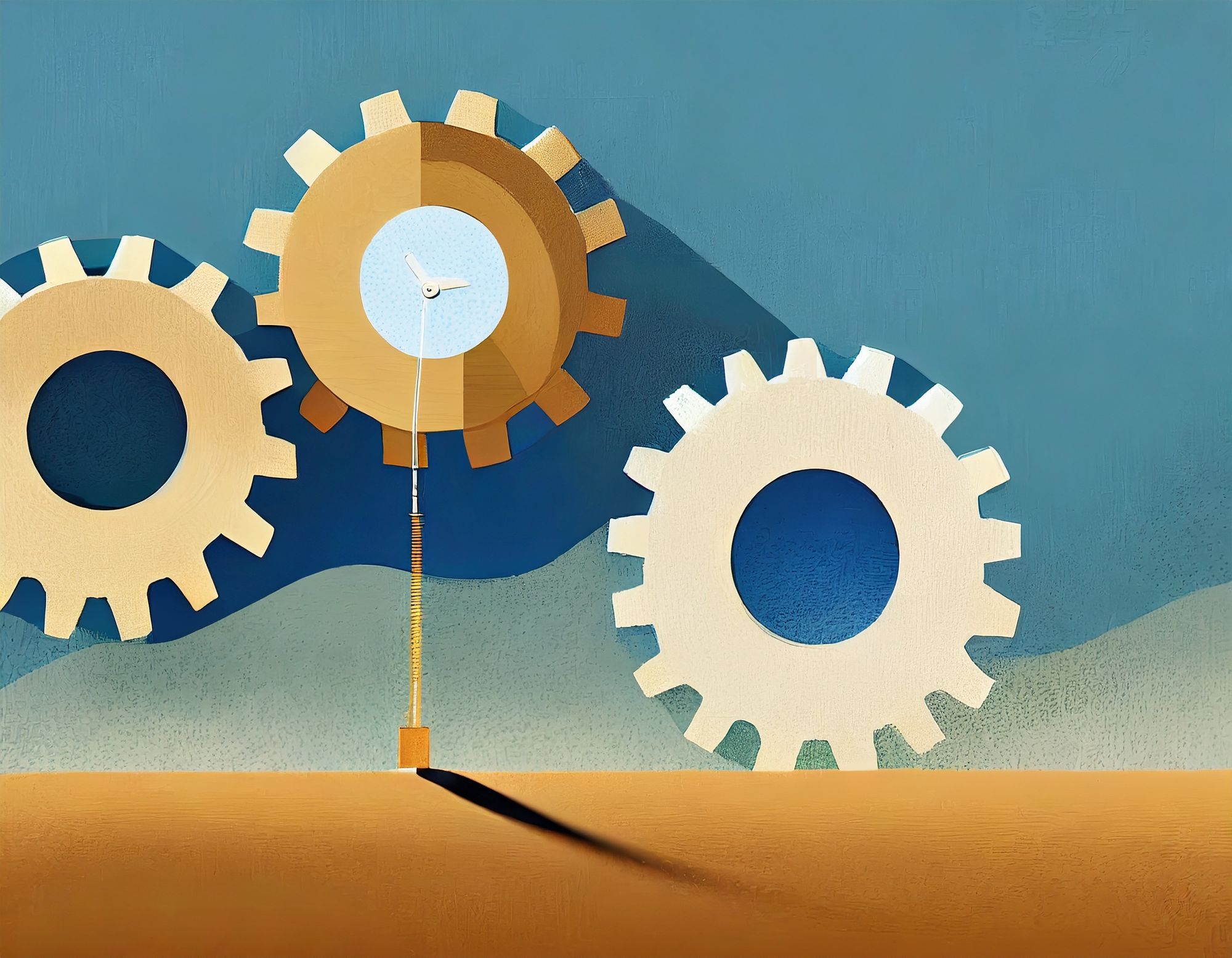Product Development and Launch Guide: Building Success from Scratch

Design thinking and lean startup have massively influenced how I build and launch new products. Design thinking has taught me to be more empathetic toward customer needs, and Lean Startup and the work of Eric Ries have encouraged a continuous loop of build-test-learn.
Building and launching a new product requires a systematic approach that combines design thinking and lean startup principles.
Here's a step-by-step guide to help you through the process:
Step 1: Identify a Problem or Opportunity
- Start by identifying a specific problem or opportunity in the market that your product aims to address. Conduct market research, analyze customer feedback, and gather insights to validate the need for your product.
Step 2: Define the Target Audience
- Clearly define the target audience for your product. Understand their needs, preferences, and pain points to ensure your product meets their requirements effectively.
Step 3: Ideation and Design Thinking
- Use design thinking principles to generate creative ideas and potential solutions for your product. Encourage brainstorming sessions with your team to explore different possibilities. For example, you can use techniques like mind mapping, role-playing, or prototyping to visualize concepts.
Step 4: Prototype Development
- Create a prototype of your product to test its basic functionality and user experience. The prototype can be a minimum viable product (MVP) with essential features. This step allows you to gather feedback and iterate before investing heavily in development.
Step 5: Lean Startup Methodology
- Embrace lean startup principles to build and launch your product efficiently. This involves developing a hypothesis about your product's value and testing it through quick, low-cost experiments.
Step 6: Minimum Viable Product (MVP)
- Develop an MVP that embodies the core value proposition of your product. An MVP helps you validate your assumptions, gather real-world feedback, and make informed decisions about the product's future.
Step 7: Test and Validate
- Launch your MVP to a small group of target customers or within a specific market segment. Gather feedback, analyze user behavior, and identify areas for improvement.
Step 8: Iterate and Improve
- Based on the feedback received, iterate on your product. Implement necessary changes and improvements to enhance its value and user experience.
Step 9: Scale and Launch
- Prepare for a full-scale launch once you have a refined and validated product. Develop a marketing and sales strategy to reach a broader audience and generate interest in your product.
Step 10: Monitor and Adapt
- After the product launch, monitor its performance closely. Analyze user metrics, sales data, and customer feedback. Be prepared to adapt and make continuous improvements based on real-world usage.
Examples of Successful Products Developed Using Design Thinking and Lean Startups:
Airbnb: Started as a design thinking project, the founders created prototypes of their original website to understand user needs. They tested the concept with a small group and iterated before launching the platform.
Dropbox: The founders of Dropbox used a lean startup approach to validate the demand for their product. They created a simple explainer video showcasing the product's benefits and shared it online to gauge interest before investing in full development.
Suggested Reading:
"The Lean Startup: How Today's Entrepreneurs Use Continuous Innovation to Create Radically Successful Businesses" by Eric Ries - This book provides a comprehensive guide to lean startup principles and their application in product development.
"Hooked: How to Build Habit-Forming Products" by Nir Eyal - While not directly related to design thinking or lean startup, this book delves into the psychology of building products that drive user engagement.
"The Design of Everyday Things" by Don Norman - This classic book offers insights into user-centered design and understanding the needs and frustrations of users.
Remember, every product development journey is unique, so tailor your approach to fit the specific requirements of your product and market. Continuously seek knowledge, be open to feedback, and be willing to pivot when necessary to increase your chances of success.
